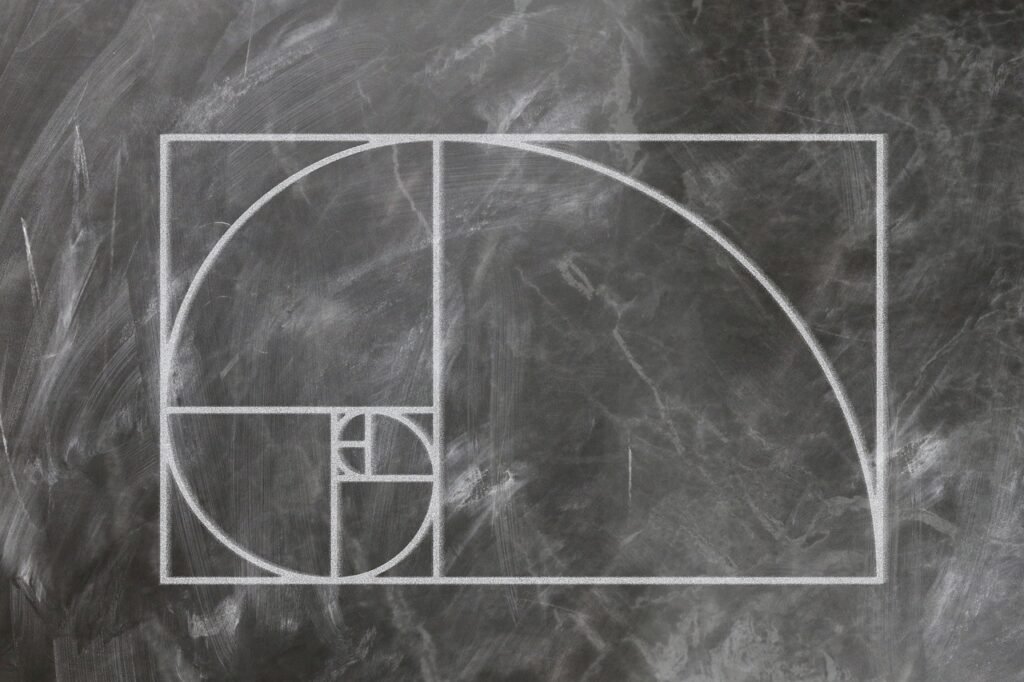The Fibonacci sequence is a fascinating mathematical pattern with numerous intriguing aspects and applications. Here are some of the secrets and interesting facts about the Fibonacci sequence:
- Mathematical Sequence: The Fibonacci sequence is a series of numbers in which each number is the sum of the two preceding ones. It starts with 0 and 1, and the sequence goes like this: 0, 1, 1, 2, 3, 5, 8, 13, 21, 34, and so on, indefinitely.
- Golden Ratio: One of the most remarkable properties of the Fibonacci sequence is its relationship to the golden ratio (φ), approximately 1.6180339887. As the sequence progresses, the ratio of consecutive numbers approaches the golden ratio. This ratio has fascinated mathematicians, artists, architects, and designers for centuries due to its aesthetic appeal and perceived harmony.
- Nature’s Design: The Fibonacci sequence appears in various natural phenomena, such as the arrangement of leaves on a stem, the spiral patterns of shells, the branching of trees, and the arrangement of seeds in a sunflower head. This occurrence is known as phyllotaxis, and it’s believed that the Fibonacci sequence and the golden ratio contribute to the efficiency of these natural structures.
- Fibonacci Spirals: The Fibonacci sequence gives rise to Fibonacci spirals, which are spirals that grow outward based on the Fibonacci numbers. These spirals are prevalent in nature, seen in phenomena like the spiral arms of galaxies, the nautilus shell, and the arrangement of seeds in a sunflower.
- Self-Similarity: The Fibonacci sequence exhibits self-similarity, meaning that patterns repeat at different scales. This property is observed in various natural structures, where smaller parts resemble larger ones, creating a sense of harmony and coherence.
- Applications in Mathematics: The Fibonacci sequence has applications in various mathematical fields, including number theory, combinatorics, algebra, and computer science. It’s used in algorithms, mathematical modelling, and problem-solving strategies.
- Artistic Inspiration: Artists throughout history have been inspired by the Fibonacci sequence and its associated patterns. From Renaissance paintings to modern art, Fibonacci spirals and the golden ratio are often incorporated into artworks to create visually appealing compositions.
- Financial Markets: The Fibonacci sequence is used in technical analysis in financial markets to identify potential support and resistance levels, as well as to predict price movements. Fibonacci retracements and extensions are common tools used by traders to analyze market trends.
- Music and Composition: Some composers and musicians have explored the Fibonacci sequence and the golden ratio in their compositions, incorporating mathematical patterns into musical structures and rhythms.
- Philosophical and Spiritual Symbolism: The Fibonacci sequence has inspired philosophical and spiritual reflections on the order and beauty of the universe. Some see it as evidence of a divine or underlying cosmic harmony that permeates existence.
These secrets and aspects of the Fibonacci sequence highlight its profound significance and widespread influence across various domains, from mathematics and science to art, nature, and beyond.
